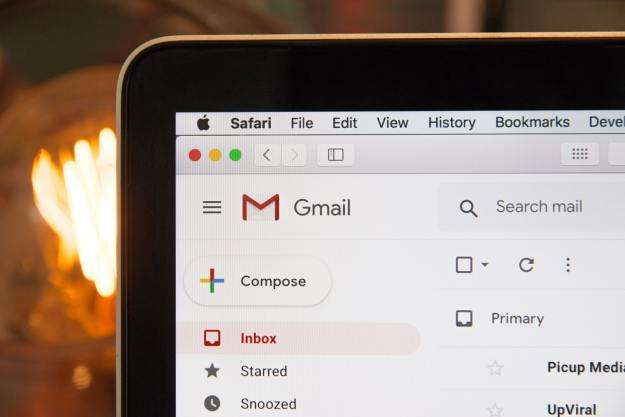Travel by bus or train has always been a pain for me. You can at least sleep, read or eat on a plane. So, why would anyone want to take the bus to work on a daily basis? I used to work for a high tech company in a small city. The morning commute was a huge pain. It took nearly 30 minutes to drive to work. However, if I took the company provided shuttles, it would take more than an hour; too much of a waste of time to even consider this alternative.
Now I live in another small city but I only live 15 minutes from work, which is great. But what happens when I have to get another job? There are only a few high tech companies near here; the others are in Portland. So, when looking for another job, I have to take into account public transportation, which means the commute is a good 45 minutes away at best. That doesn?t count waiting for the buses or walking either. How can I make that extra 30-45 minutes not be a complete waste of time? Simple. Install internet access at every bus stop and in every bus and train.
This makes sense for a variety of reasons.
First off, now that I am working wirelessly from the bus, I can shave off that time from actually being in the office. This will help reduce the peak demand for public transportation. If I get on the bus at 7:00 and work until 8:00, that means I can catch the bus again at 3:00 and work until 4:00. Overall productivity would be increased and workers could have much more flexible work schedules. And what about those companies that don?t buy into telecommuting? This would give them a chance to give the employees a little more freedom without severing the umbilical cord of the office all together.
Also, it would be the ultimate peer-to-peer wireless network. In the Portland metro area there are enough buses and trains running that one should be able to setup a P2P system. This could be the proving ground for other major cities to follow suit. I would target this squarely at businesses first. Metro can charge a special price for business passengers and perhaps print the access code on the ticket. It doesn?t seem like this would be a huge deal.
Another benefit would be increased demand on public transportation and reduction in air pollution and congestion. I thoroughly enjoy driving my car to work now, but what about 5-10 years from now? I can imagine my nice 15 minute drive being another huge pain in the butt. Businesses are trying to encourage employees to telecommute or take public transportation. This would help.
Portland should lead the way in ubiquitous internet access by providing it on their public transportation. We are leading the way with other technologies and other ideas, why not this one?
Editors' Recommendations
- Paper vs. E-ink vs. LED: Does the display affect how well we absorb information?
- Google: Coronavirus searches are four times higher than for the Super Bowl
- Google Maps wants businesses to add coronavirus information
- Lawsuit alleges Equifax’s stupid password made it super-easy to steal your data


